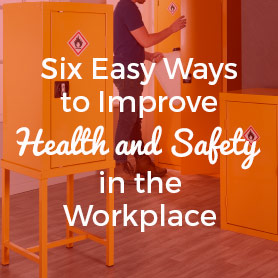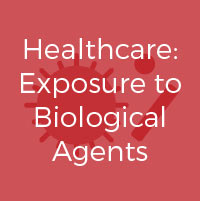Six Easy Ways to Improve Health and Safety in the Workplace

The health and safety at work act (1974) outlines the main duty of care that both employers and employees have towards their workers and colleagues. Fundamentally the legislation helps ensure that working environments are safe, secure and clean, with all risks and hazards effectively managed, monitored and recorded. Above all most working environments are different and will need a more tailored risk management procedure, but there are some primary tasks you can take to achieve a safer working environment. Subsequently both your risk assessments and health and safety policies should devise a systematic procedure to effectively manage any risks. Here… Read more


